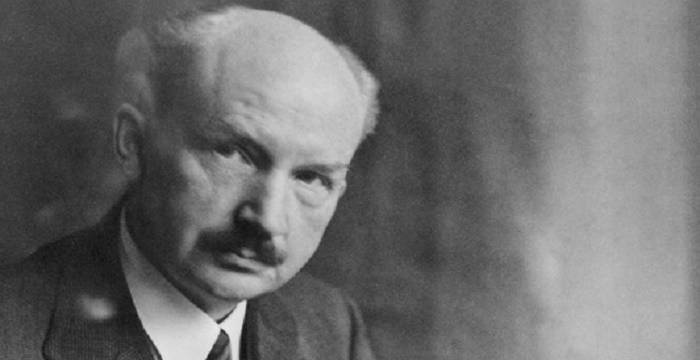1954 Nobel Prize in Physics: Who is Walther Wilhelm Bothe?
He was one of the leading figures in the development of nuclear bombs in Germany during the Second World War.

(1891-1957) German physicist. He won the Nobel Prize in Physics in 1954 for his discoveries with the random counting method he developed. Walther Wilhelm Georg Franz Bothe was born on January 8, 1891, in Oranienburg, near Berlin. He was educated at the University of Berlin and received his doctorate in 1914. He worked as a lecturer at the universities of Berlin in 1929, Giessen in 1930, and Heidelberg in 1934. In 1934 he was appointed director of the Department of Physics at the Kaiser Wilhelm Institute for Medical Research (later the Max Planck Institute). After 1946, he became the head of the Physics Chair at Heidelberg University. He won the Nobel Prize in Physics with Max Born in 1954. He died in Heidelberg on February 8, 1957.
Walther Wilhelm Georg Bothe (8 January 1891 – 8 February 1957) was a German nuclear physicist, who shared the Nobel Prize in Physics in 1954 with Max Born.
The first studies with the random counting method developed by Bothe were made to study the collision of stationary electrons and photons (Compton effect). Detecting the scattering of the electron and photon in different directions as a result of the collision, with two adjacent Geiger counters, Bothe proved the particle nature of light with this almost simultaneous random counting method. In the same way, contrary to a suggestion by Bohr, he conducted experiments proving that the law of conservation of energy and momentum also applies at the atomic level.
In 1929, Bothe began to examine the nature of cosmic rays, this time with Geiger counters placed one above the other, and found that these rays were not only composed of gamma rays but also of particles with high interference power, as was thought. In 1930, together with H Becker, he bombarded beryllium and some other light elements with alpha particles to obtain a beam with high penetrating power. However, the discovery of the neutron was made by Chadwick in 1932, when Bothe and the Joliot-Curies observing the same phenomenon could not interpret the nature of this beam of neutrons. In 1937 Bothe and W Gentner studied the transformation of heavy nuclei under the influence of intense gamma rays. Bothe played an important role in his country's work toward the development of the atomic bomb during World War II. In 1944, he built his country's first cyclotron (nuclear particle accelerator).
